Home>Dining>Tableware>How To Light A Dining Room Without A Ceiling Light


Tableware
How To Light A Dining Room Without A Ceiling Light
Modified: February 23, 2024
Learn how to properly light your dining room without a ceiling light using stylish tableware and creative lighting solutions. Enhance the ambiance and create the perfect atmosphere for your dining experience.
(Many of the links in this article redirect to a specific reviewed product. Your purchase of these products through affiliate links helps to generate commission for Storables.com, at no extra cost. Learn more)
Introduction
When it comes to designing a dining room, lighting plays a crucial role in setting the ambiance and creating a welcoming atmosphere. However, not all dining rooms come equipped with a ceiling light, leaving many homeowners wondering how to properly illuminate their space. The good news is that there are various options available to light up your dining area without relying solely on a ceiling fixture.
In this article, we will explore different lighting solutions that can transform your dining room into a well-lit and inviting space. From natural light to floor lamps, table lamps, wall sconces, pendant lights, chandeliers, candles, and task lighting, we will cover a range of options suitable for any style or preference.
So, if you’re ready to brighten up your dining room and create a cozy ambiance for meals and gatherings, let’s dive into the different lighting options at your disposal!
Key Takeaways:
- Natural light, floor lamps, table lamps, and wall sconces offer versatile and stylish alternatives to ceiling lights for illuminating dining rooms, creating a warm and inviting ambiance while enhancing the overall aesthetic appeal.
- From chandeliers to candles, task lighting, and accent lighting, there are numerous creative and functional lighting options available to transform a dining room into a well-lit and enchanting space, catering to various needs and personal styles.
Natural Light
One of the most appealing and cost-effective ways to light a dining room is by maximizing the use of natural light. Natural light not only brings warmth and brightness to the space but also creates a connection with the outdoors, making your dining area feel more open and inviting.
To make the most of natural light, start by arranging your dining table near a window or patio door. This placement allows the sunlight to stream into the room during the day, creating a beautiful and refreshing atmosphere.
Consider using light-filtering curtains or blinds that allow natural light to enter while maintaining privacy. Sheer or translucent fabrics are excellent choices as they gently diffuse sunlight, creating a soft and gentle glow in the room.
If your dining room lacks windows or has limited natural light, you can explore the option of installing a skylight or a sun tunnel. These solutions can bring in additional daylight, making your dining area feel more vibrant and spacious.
Additionally, utilizing mirrors strategically can help bounce natural light around the room, making it appear brighter and more expansive. Place mirrors on the walls opposite windows or near light sources to reflect the light, creating a luminous effect.
By harnessing the power of natural light, you can create a welcoming dining environment that not only looks beautiful but also positively impacts your mood and well-being.
Floor Lamps
When a ceiling light is not an option in your dining room, floor lamps can provide an excellent alternative for illuminating the space. Floor lamps are versatile lighting fixtures that can be easily moved and positioned to suit your needs.
When choosing a floor lamp for your dining room, consider the height and style of the lamp. Opt for a tall lamp that can provide ample lighting coverage for the dining table. Adjustable floor lamps are particularly practical as they allow you to control the direction and intensity of the light.
To create a cozy ambiance, choose a floor lamp with a soft and diffused shade. This type of shade will help create an even and warm glow in your dining area. If you prefer a more direct and focused light, consider a floor lamp with a directed shade or a reading light attachment.
Position the floor lamp at an angle towards the dining table to ensure adequate illumination during meal times. You can also use additional floor lamps placed strategically around the room to provide overall ambient lighting.
When it comes to style, there are various floor lamp designs to complement any decor. From sleek and minimalist to rustic and ornate, you can find a floor lamp that enhances the aesthetic appeal of your dining room.
Lastly, consider using smart bulbs or dimmable floor lamps that allow you to adjust the brightness and color temperature to suit different occasions and moods. This flexibility enables you to create the perfect lighting atmosphere for casual dinners, formal gatherings, or even romantic evenings.
Overall, floor lamps offer an excellent solution for lighting a dining room without a ceiling light. With their versatility and aesthetic appeal, floor lamps can enhance the ambiance and functionality of your dining area.
Table Lamps
Table lamps are another fantastic lighting option to consider for illuminating your dining area. They offer a convenient and stylish way to bring lighting directly to the dining table.
When selecting table lamps for your dining room, pay attention to the size and scale. Choose lamps that are proportionate to the size of your dining table so that they complement the space without overpowering it. Keep in mind that the lamps should not obstruct the view or conversation across the table.
Consider using a pair of table lamps placed symmetrically at each end of the dining table to create a balanced and cohesive look. This arrangement provides both functional and decorative lighting, adding a touch of elegance and sophistication to the room.
Additionally, table lamps can serve as decorative elements to enhance the overall aesthetic of your dining area. Choose lamps with unique bases or designer shades that complement your existing decor and reflect your personal style. This way, they can become statement pieces that add character and charm to the space.
When it comes to the type of light emitted by table lamps, opt for lamps with shades that provide diffused and warm lighting. This softer illumination helps create a cozy and intimate ambiance, perfect for intimate dinners or gatherings.
Consider using smart bulbs or dimmable table lamps that allow you to adjust the brightness according to your needs. This flexibility enables you to create different moods and lighting levels for various occasions.
Lastly, table lamps provide the advantage of being portable. You can easily move them around and place them in different areas of the dining room or even use them in other rooms when needed. This versatility allows you to experiment with different lighting arrangements and styles.
Overall, table lamps offer a practical and stylish lighting solution for dining rooms without ceiling lights. Their compact size and decorative appeal make them a popular choice for illuminating the dining table and adding a touch of sophistication to the space.
Wall Sconces
Wall sconces are an excellent lighting option for dining rooms without a ceiling light. These fixtures are mounted on the walls, providing both functional and decorative lighting to enhance the ambiance of your dining area.
When choosing wall sconces, consider the height and positioning. Place the sconces at a height that allows for comfortable eye level lighting when seated at the dining table. The general rule of thumb is to install them at least 60 inches from the floor and about 6-8 feet apart for optimal lighting distribution.
Wall sconces come in various styles, from traditional to modern and everything in between. Consider the existing decor of your dining room and choose sconces that complement the overall aesthetic. You can opt for sleek and contemporary sconces for a modern look, or go for ornate and decorative designs to add a touch of elegance.
One advantage of wall sconces is that they can create a warm and intimate ambiance. The light emitted from the sconces is often directed upwards or downwards, creating a soft glow that adds depth and character to the room. This type of lighting is particularly suitable for creating a cozy atmosphere during meals or entertaining guests.
For even more versatility, choose wall sconces with adjustable or dimmable features. This allows you to control the intensity and brightness of the light, giving you flexibility in creating the perfect lighting for various occasions.
Another benefit of wall sconces is their space-saving nature. By mounting them on the walls, you free up valuable tabletop or floor space, making them an ideal choice for smaller dining areas.
To maximize the impact of wall sconces, consider installing them in pairs on either side of a mirror or artwork. This arrangement not only adds a decorative element but also helps to visually expand the space and create a focal point in the dining room.
Overall, wall sconces offer a stylish and efficient way to light up a dining room without a ceiling fixture. Their versatility, decorative appeal, and ability to create a warm ambiance make them a popular choice among homeowners.
Pendant Lights
Pendant lights are a popular lighting choice for dining rooms, providing both functional illumination and a stylish focal point. These hanging fixtures can be a great solution for dining rooms without a ceiling light, as they can be suspended from the ceiling and positioned directly above the dining table.
When selecting pendant lights for your dining room, consider the size, style, and height. The size of the pendant should be proportional to the size of your dining table to ensure balanced lighting. It should neither overwhelm the table nor get lost in the space. Generally, pendants with a diameter of 12-20 inches work well for most dining tables.
The style of pendant lights can range from minimalist and modern to rustic or even vintage-inspired. Choose a design that complements your dining room’s decor and enhances its overall aesthetic appeal. The material, shape, and color of the pendant can also play a significant role in setting the tone and ambiance of the space.
Consider the height at which you hang the pendant lights. Ideally, the bottom of the pendant should hang 30-36 inches above the tabletop to prevent glare and ensure that the light is distributed evenly across the dining area. However, this measurement may vary depending on the height of your ceiling and the size of the pendant.
Pendant lights offer a focused and direct source of illumination, making them ideal for highlighting the dining table and creating a cozy atmosphere. Their downward-facing light can enhance the visual appeal of your table settings and food presentation.
If you prefer more flexibility in lighting control, look for pendant lights with adjustable cords or chains. This allows you to raise or lower the pendants according to your desired lighting level and can also add visual interest to the room.
For additional lighting versatility, consider installing multiple pendant lights in a row or cluster above the dining table. This arrangement not only provides ample illumination but also adds a decorative element and makes a statement in the room.
Overall, pendant lights can be an excellent choice for illuminating a dining room without a ceiling light. Their versatility in design, focused lighting, and ability to create a visual centerpiece make them a sought-after lighting solution in many dining areas.
Consider using floor lamps, table lamps, or wall sconces to provide ambient lighting in the dining room. You can also use pendant lights or a chandelier hung from a hook in the ceiling.
Chandeliers
Chandeliers are iconic lighting fixtures that can add a touch of luxury and elegance to any dining room. Although traditionally associated with grand ballrooms and large spaces, chandeliers can also be a stunning lighting option for smaller dining rooms without a ceiling light.
When selecting a chandelier for your dining room, consider the size, style, and height. The size of the chandelier should be in proportion to the room and dining table. It should not overpower the space but rather enhance it. Measure the width and length of your dining table and choose a chandelier that is roughly one-half to two-thirds of its width for an aesthetically pleasing look.
There are various styles of chandeliers to choose from, from classic crystal designs to modern and minimalistic ones. Consider the overall style and decor of your dining room, and select a chandelier that complements and enhances the existing aesthetic. The material, shape, and color of the chandelier can make a significant impact on the overall ambiance of the room.
Chandeliers are typically mounted from the ceiling and act as a central source of light in the dining area. Their multiple bulbs or candle-like lights provide ample illumination for the entire space. However, it’s important to note that chandeliers usually emit a soft, ambient light rather than a focused and direct light. This creates a warm and inviting atmosphere for dining and entertaining.
For ceilings with lower heights, consider mini or flush mount chandeliers that are designed to fit in smaller spaces without sacrificing style and functionality. These options provide the same elegance and charm as traditional chandeliers while maintaining a more appropriate scale for the dining room.
Chandeliers often serve as the focal point of the dining room, making a statement and adding a touch of luxury. To maximize their impact, hang the chandelier at an appropriate height above the dining table. The bottom of the chandelier should typically hang around 30-36 inches above the tabletop, although this can be adjusted based on personal preference and the size of the chandelier.
To further enhance the visual appeal and create a complementary lighting scheme, consider incorporating other light sources, such as wall sconces or table lamps, in combination with the chandelier. This combination of lighting elements can provide both overall ambient lighting and focused task lighting for specific areas.
Ultimately, chandeliers are a timeless and captivating choice for lighting a dining room without a ceiling light. By selecting the right size, style, and height, you can create a stunning focal point that adds both functionality and beauty to your dining space.
Candles and Candle Holders
For a romantic and intimate ambiance, candles and candle holders can be a charming option to light up your dining room. Adding the warm glow of candlelight can instantly create a cozy and inviting atmosphere for meals and gatherings.
When using candles to illuminate your dining area, consider the size, shape, and scent. Choose candles that are proportionate to the size of your dining table and the available space, ensuring that they do not obstruct views or conversations across the table. Taper candles, pillar candles, and tea lights are popular choices for dining room settings.
Utilize candle holders to display and enhance the aesthetic appeal of your candles. Candle holders come in various styles, from simple and sleek to ornate and decorative. Consider the overall decor of your dining room and select holders that complement the existing style. They can be made of glass, metal, ceramic, or other materials, offering versatility to suit your preferences.
Arrange the candles and holders strategically on the dining table to create a visually pleasing display. Place them in the center of the table, along its length, or in clusters for a more dramatic effect. Ensure that they are placed away from any flammable objects and at a safe distance from people to prevent accidents.
In addition to their aesthetic appeal, candles can also impart a pleasant fragrance to your dining room. Consider using scented candles with fragrances that enhance the dining experience, such as vanilla, lavender, or citrus scents. However, be mindful of strong scents that may overpower the aroma of the food and disrupt the dining experience.
When using candles as the primary light source, it’s important to consider the amount of illumination they provide. While candles create a warm and intimate atmosphere, they may not provide sufficient brightness for tasks such as reading menus or seeing food clearly. Complement the candlelight with additional light sources, such as floor lamps or pendant lights, to ensure adequate visibility during meals.
Remember to exercise caution when using candles, especially when lit. Never leave burning candles unattended and extinguish them before leaving the dining room or going to bed. Keep them away from drafts or flammable objects, and ensure they are placed on stable surfaces to prevent accidents.
Overall, candles and candle holders offer a romantic and cozy lighting option for dining rooms without a ceiling light. Their flickering glow and decorative appeal can create a special ambiance for intimate dinners, special occasions, or simply adding a touch of elegance to your dining space.
Task Lighting
In addition to creating a warm and inviting atmosphere, task lighting is essential for illuminating specific areas in your dining room where focused light is needed. Task lighting ensures that you have adequate visibility for activities such as reading, food preparation, or working on projects at the dining table.
One of the most effective ways to incorporate task lighting in your dining room is to use adjustable desk lamps. These lamps can be placed on the dining table and adjusted to direct light wherever it is needed. Choose lamps with a flexible neck or an adjustable arm that allows you to position the light precisely.
Desk lamps come in various styles and designs, from modern and sleek to vintage or industrial. Select a lamp that complements the overall decor of your dining room and adds a touch of style to the space. Additionally, consider lamps with adjustable brightness settings or dimmable features to customize the lighting level according to your needs.
If you have a dedicated bar or buffet area in your dining room, consider installing under-cabinet lighting. These small lights can be mounted underneath cabinets or shelves to provide directed task lighting for food preparation and serving. LED strip lights are a popular choice for under-cabinet lighting, as they are energy-efficient and offer a bright and focused illumination.
Another option for task lighting in the dining area is the use of track lighting or recessed lighting. These fixtures are installed into the ceiling and can be directed to highlight specific areas of the dining room, such as the bar or buffet. Adjustable track lighting allows you to aim the light exactly where it is needed, making it perfect for task-oriented activities.
Consider combining task lighting with other lighting elements, such as pendant lights or chandeliers, to create a layered lighting scheme in your dining room. This combination ensures that you have both ambient lighting and task-specific illumination, providing functionality and visual appeal.
Remember to position the task lighting in a way that minimizes glare and shadows. The goal is to provide adequate light without causing discomfort or obstructing the line of sight. Adjust the angle and intensity of the task lights accordingly to achieve the desired lighting effect.
Overall, task lighting is essential for creating a functional and well-lit dining room. By incorporating adjustable desk lamps, under-cabinet lighting, or track lighting, you can ensure that specific tasks and activities are performed with ease and precision in your dining area.
Accent Lighting
Accent lighting is a fantastic way to add a touch of drama and highlight specific elements in your dining room. It creates visual interest by drawing attention to architectural details, artwork, or decorative objects. Accent lighting can transform the overall ambiance of your dining space and elevate its aesthetic appeal.
One popular method of accent lighting in dining rooms is the use of recessed or track lighting. These fixtures are installed in the ceiling and can be directed to illuminate specific areas or features in the room. For example, you can aim the lights at a gallery wall, a display cabinet, or a focal point such as a piece of artwork or an architectural feature to create a dramatic effect.
Another way to incorporate accent lighting is by using wall-mounted picture lights. These lights are specifically designed to highlight artwork and provide focused illumination. Position them above your favorite paintings or photographs, casting a spotlight on these pieces and adding depth and visual interest to the dining room.
Shelf or display lighting is another effective method of accentuating decorative objects or collections in your dining room. These small lights are often installed in shelves or cabinets to showcase items such as fine china, crystal glassware, or other treasured possessions. The additional lighting brings attention to these curated pieces, creating a captivating display.
If you have a unique architectural feature in your dining room, such as a decorative alcove or an exposed brick wall, consider placing lighting fixtures to accentuate and draw attention to these elements. Use uplights or downlights to create a play of shadows and highlights, emphasizing the texture and intricacies of these architectural details.
Color-changing LED lights can also be used for accent lighting to create a dynamic and vibrant atmosphere in your dining room. These lights can be installed behind furniture, along walls, or even underneath the dining table to add an element of surprise and uniqueness to the space. With various colors and programmable settings, you can set the mood and change the ambiance according to different occasions or personal preferences.
Overall, accent lighting is an effective way to create a focal point and enhance the visual appeal of your dining room. By strategically placing lights to highlight artwork, architectural features, or decorative objects, you can add a layer of sophistication and elevate the overall ambiance of the space.
Conclusion
While a ceiling light may be the traditional choice for illuminating a dining room, there are plenty of alternative options available for creating a well-lit and inviting space. By considering the various lighting solutions we’ve discussed, you can transform your dining room into a beautifully illuminated area that suits your style and preferences.
Natural light is a wonderful starting point for any dining room. Maximizing the use of windows or incorporating skylights can bring in an abundance of daylight, creating a connection with the outdoors and a bright, inviting atmosphere.
When natural light is not sufficient, floor lamps and table lamps can provide versatile and movable lighting options. These fixtures not only light up the dining table but also add a decorative touch to the space. Adjustable features and dimmable options allow for customization of brightness levels according to your needs and desired ambiance.
For a more permanent lighting solution, wall sconces, pendant lights, and chandeliers can make a stunning statement in the dining room. They not only provide ample illumination but also serve as eye-catching focal points, adding elegance and sophistication to the space.
Candles and candle holders offer a romantic and cozy lighting option, perfect for intimate dinners or special occasions. Their warm glow and decorative appeal create a charming ambiance that enhances the dining experience.
Task lighting plays a crucial role in providing focused illumination for specific activities such as reading, food preparation, or working at the dining table. Adjustable desk lamps, under-cabinet lighting, and track lighting can all contribute to a well-lit and functional dining area.
Lastly, accent lighting adds a touch of drama and visual interest by highlighting architectural details, artwork, or decorative objects. Recessed and track lighting, picture lights, and shelf lighting can all be used to accentuate and showcase the unique features of your dining room.
In conclusion, lighting plays a vital role in creating the desired ambiance and functionality of a dining room. By incorporating a combination of these lighting solutions, you can transform your dining area into a welcoming and well-lit space that caters to your specific needs and personal style. So, let your creativity guide you as you explore the various lighting options and create a truly enchanting dining experience!
Frequently Asked Questions about How To Light A Dining Room Without A Ceiling Light
Was this page helpful?
At Storables.com, we guarantee accurate and reliable information. Our content, validated by Expert Board Contributors, is crafted following stringent Editorial Policies. We're committed to providing you with well-researched, expert-backed insights for all your informational needs.
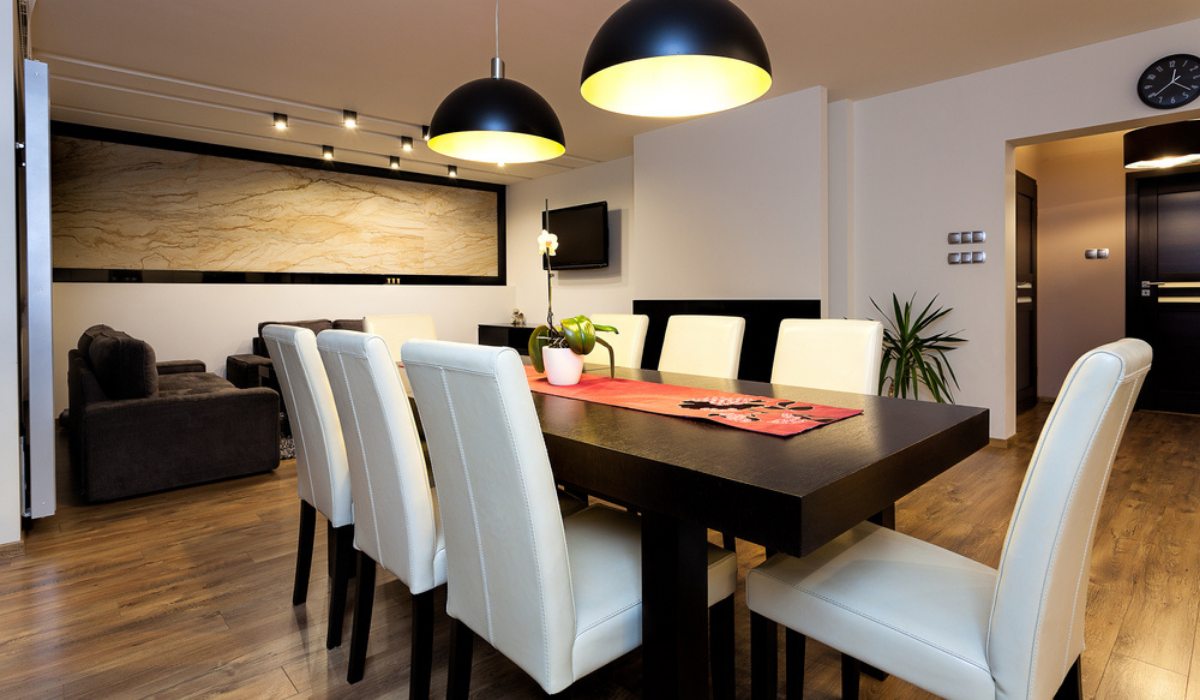
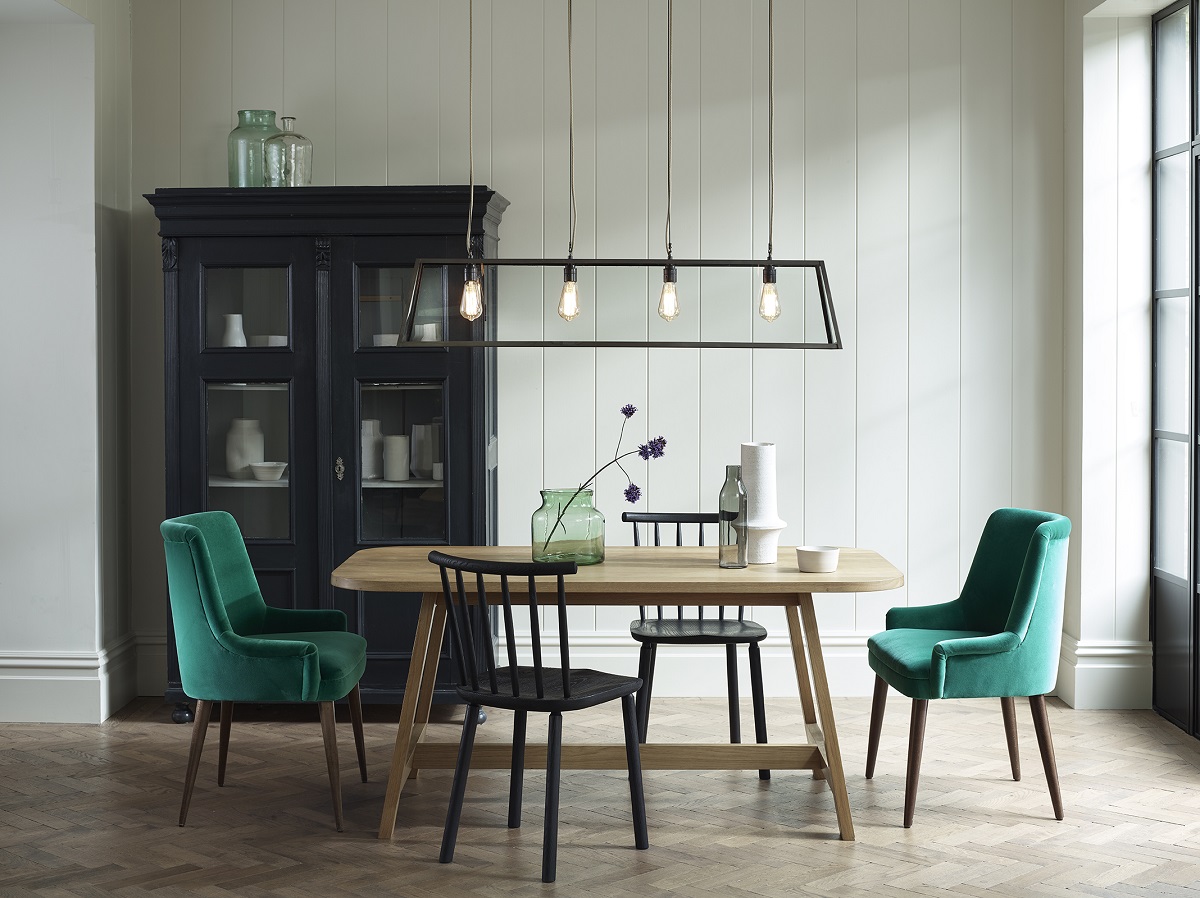
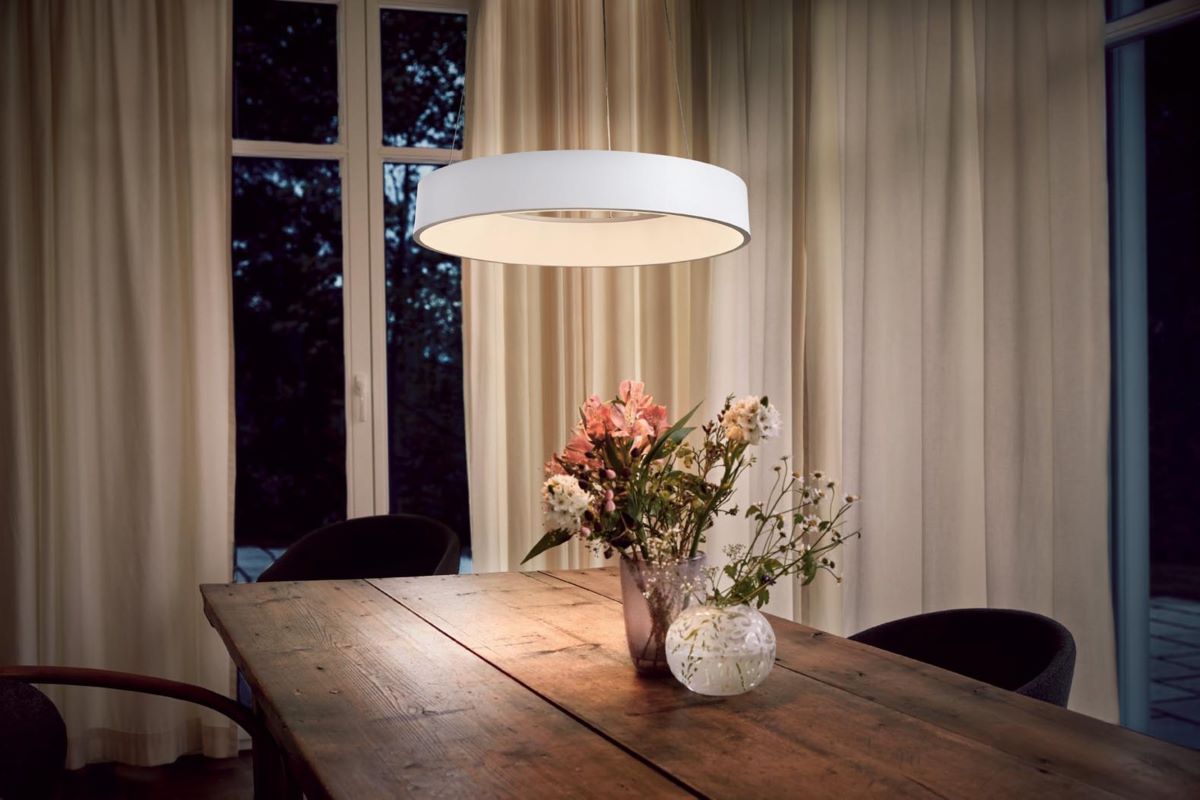
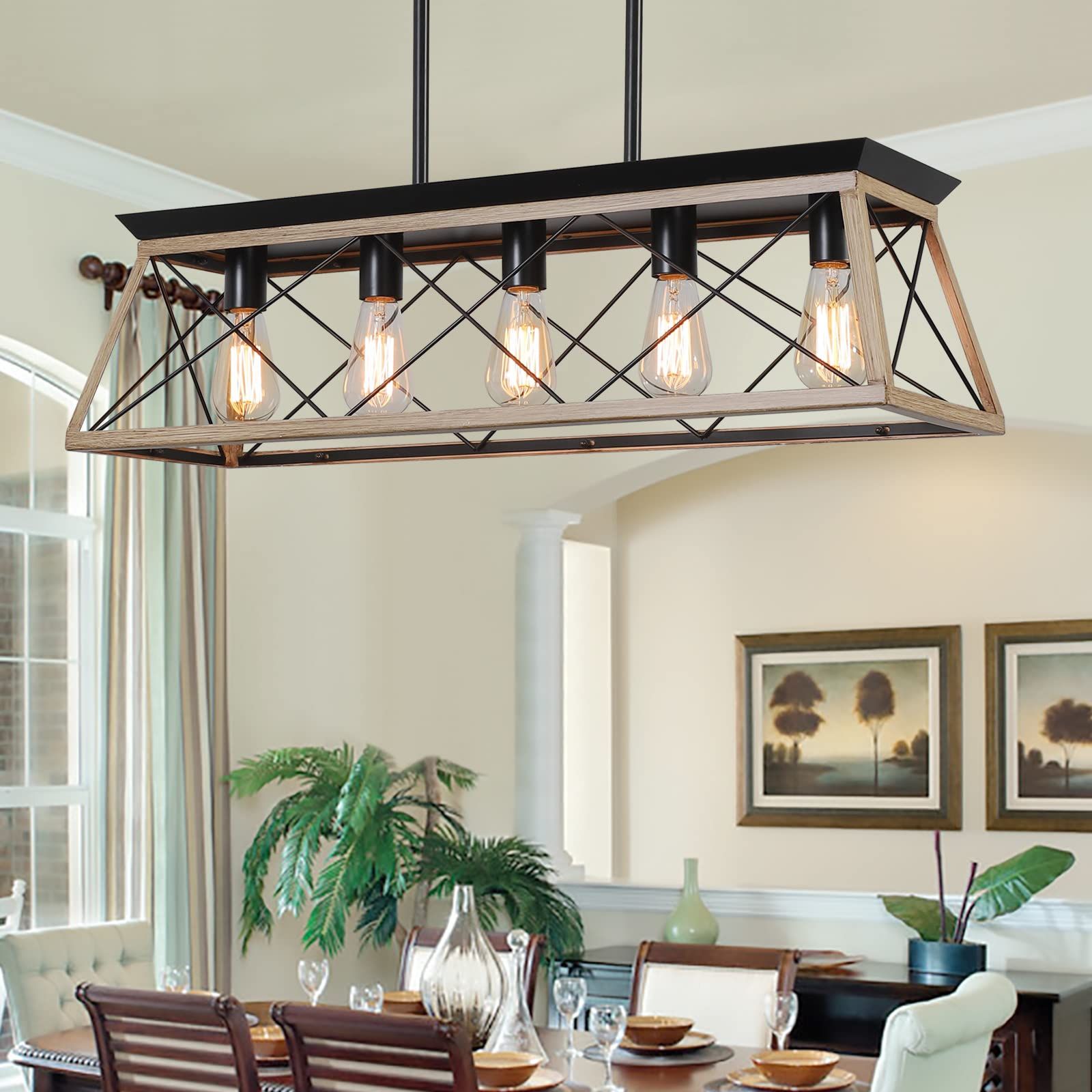
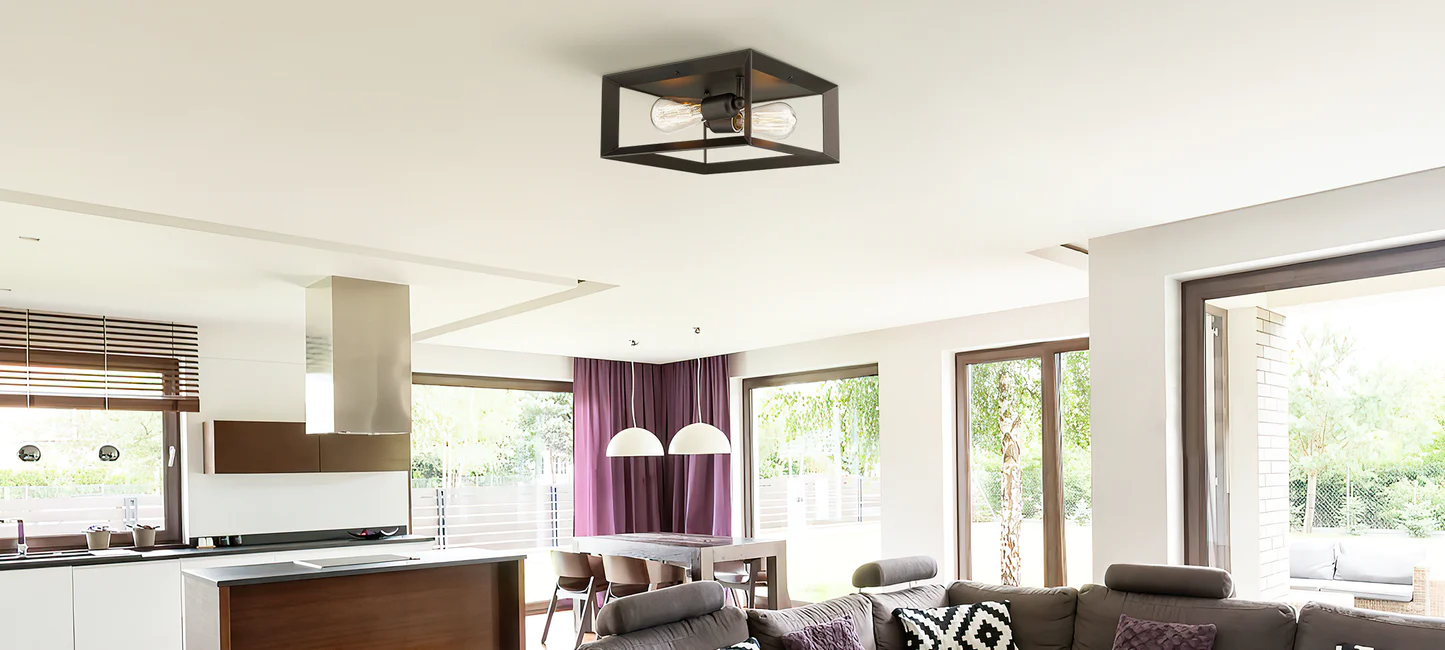
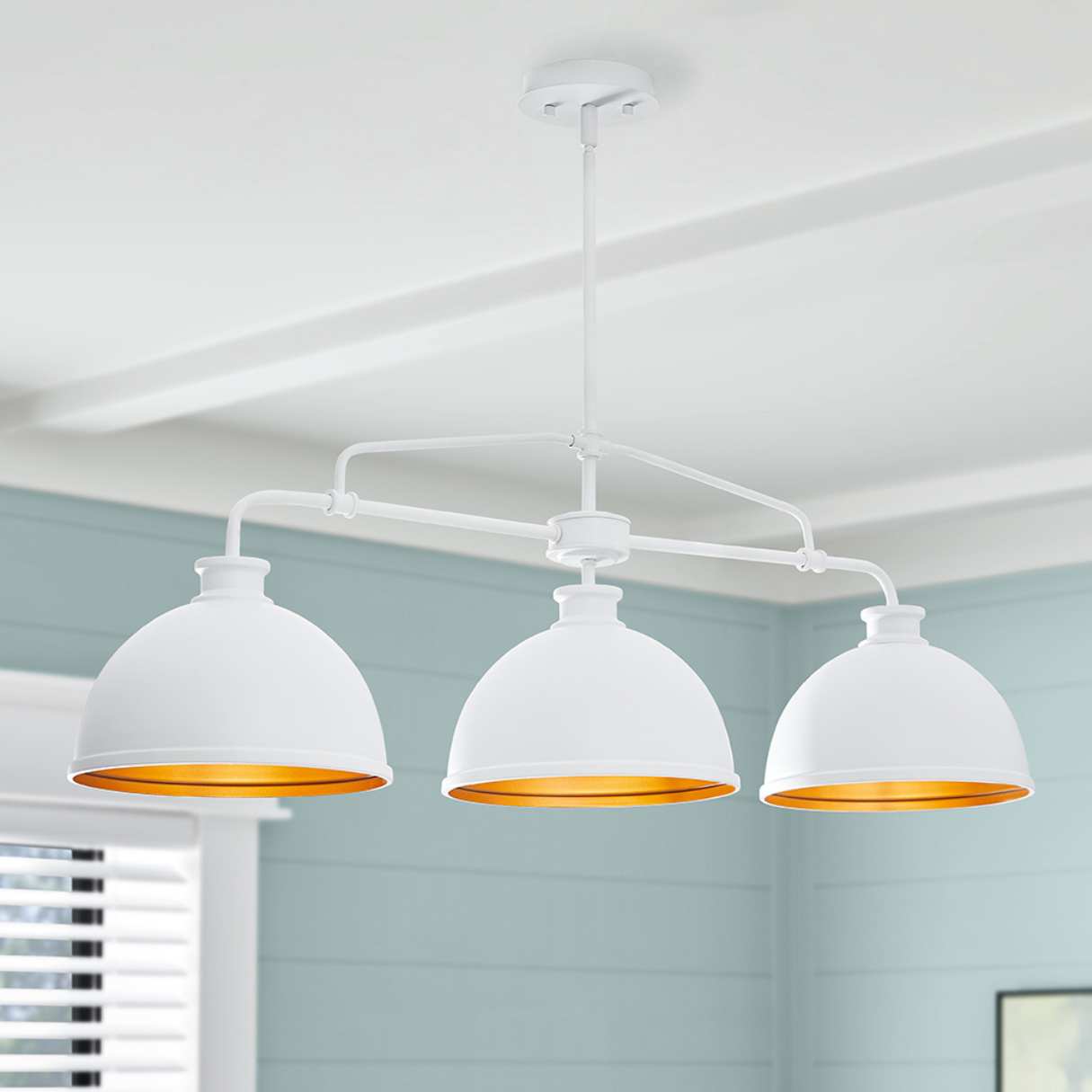
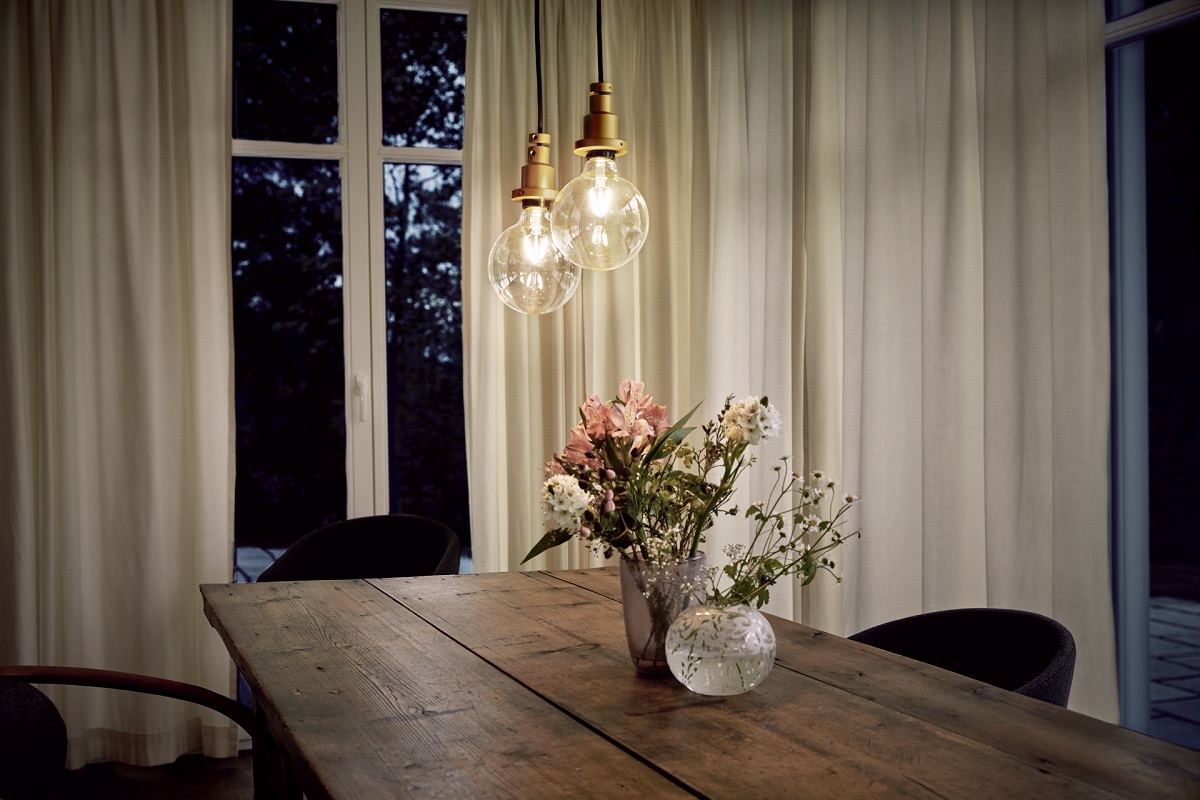
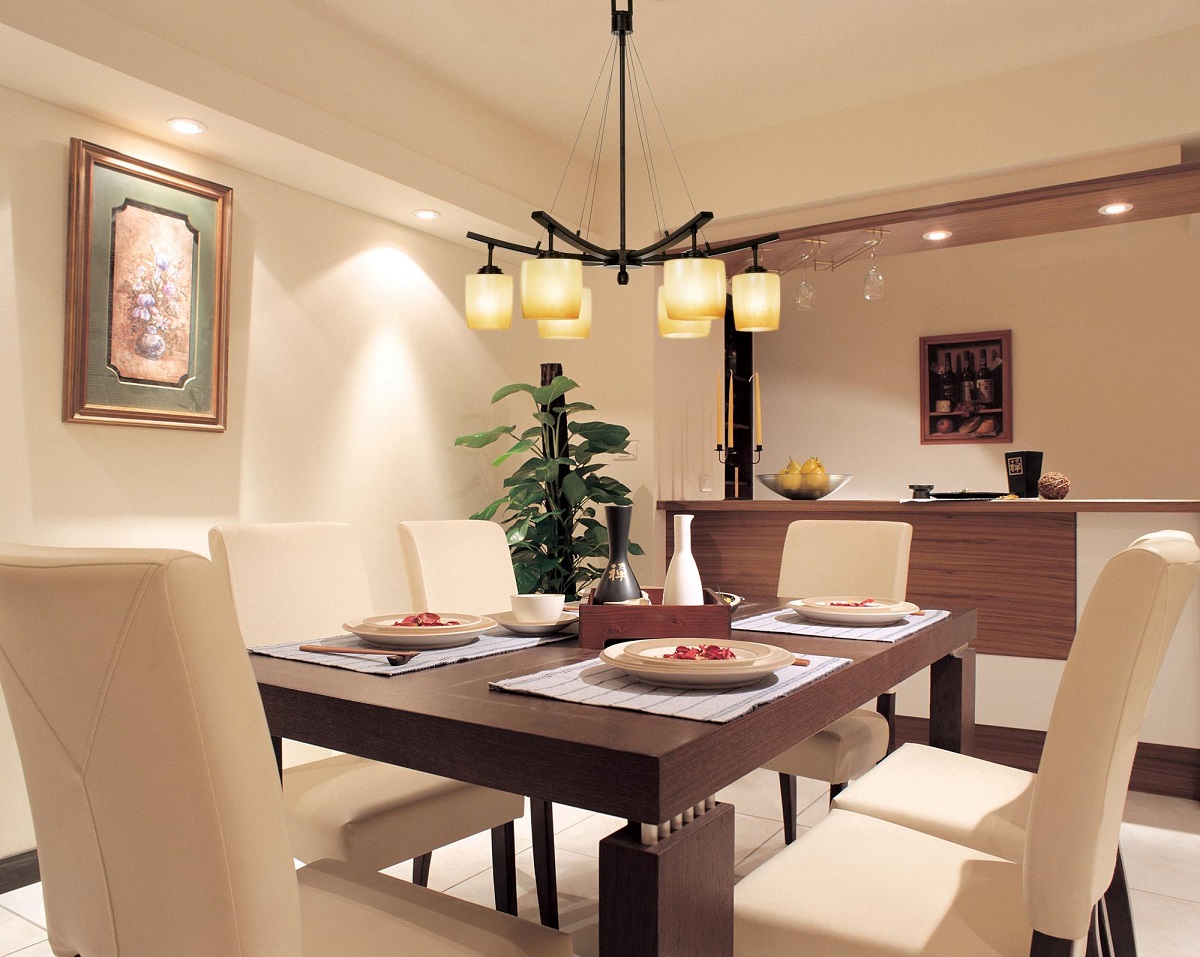
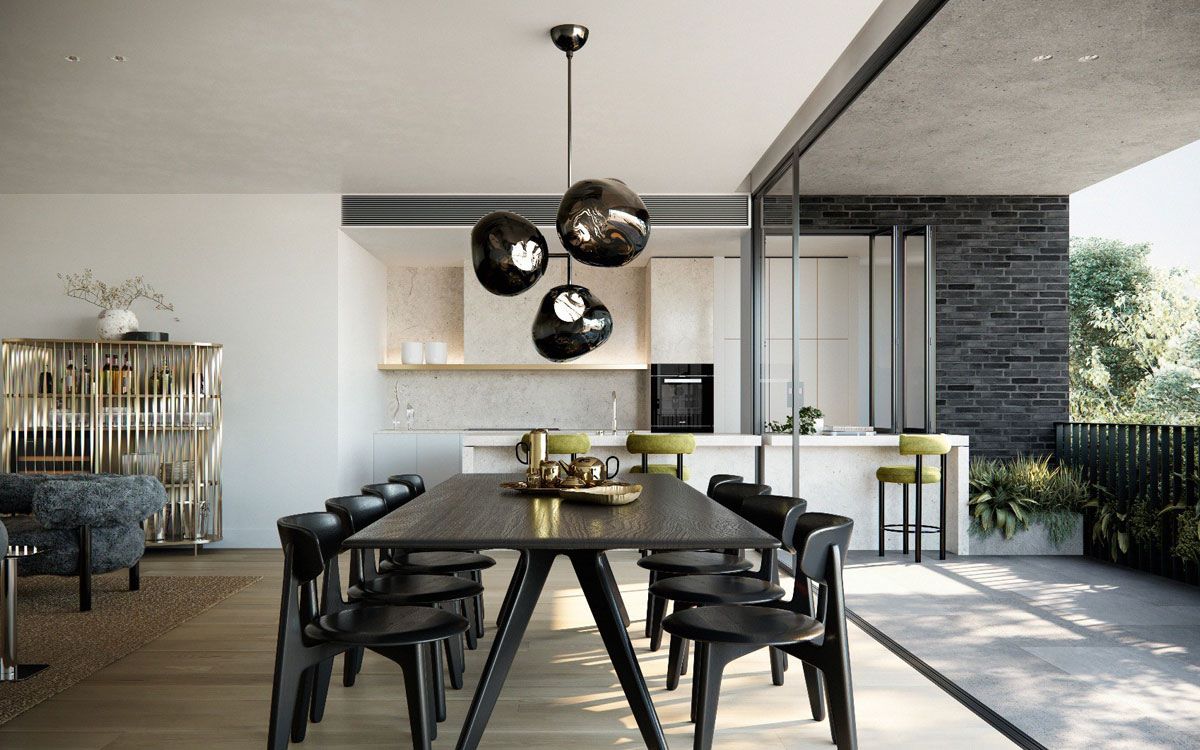
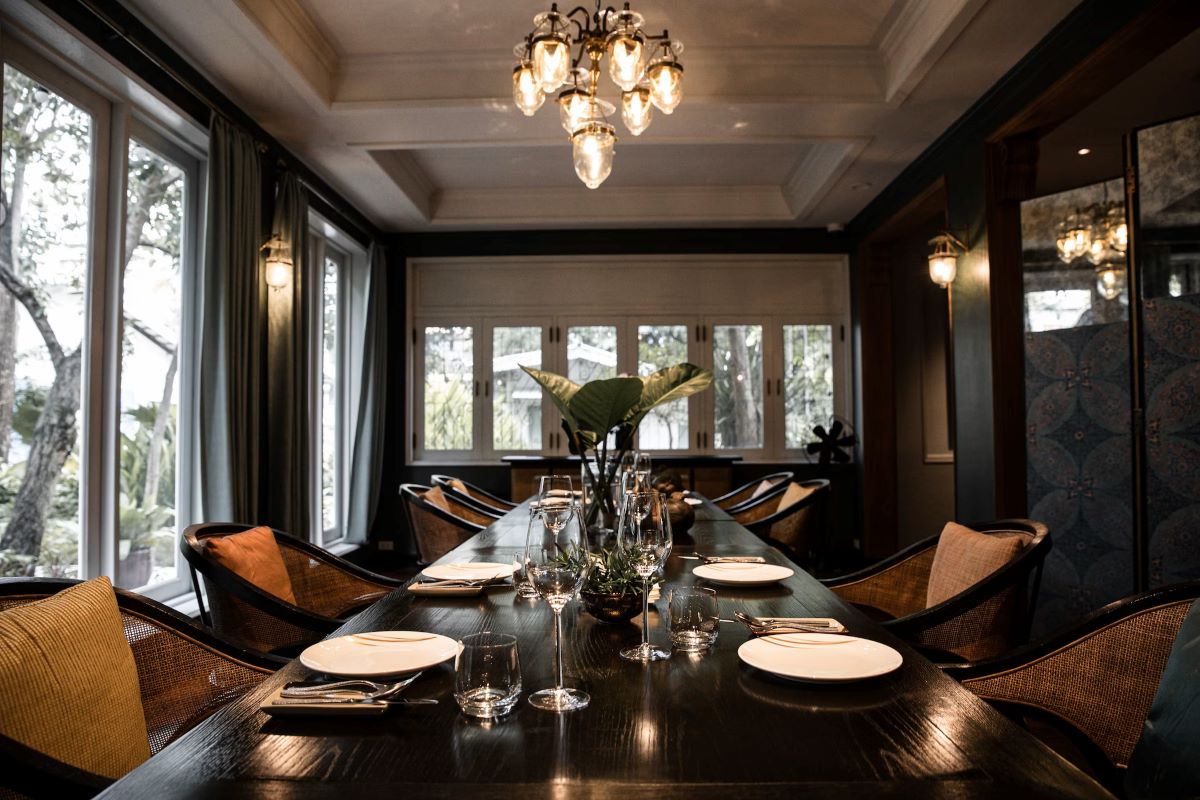

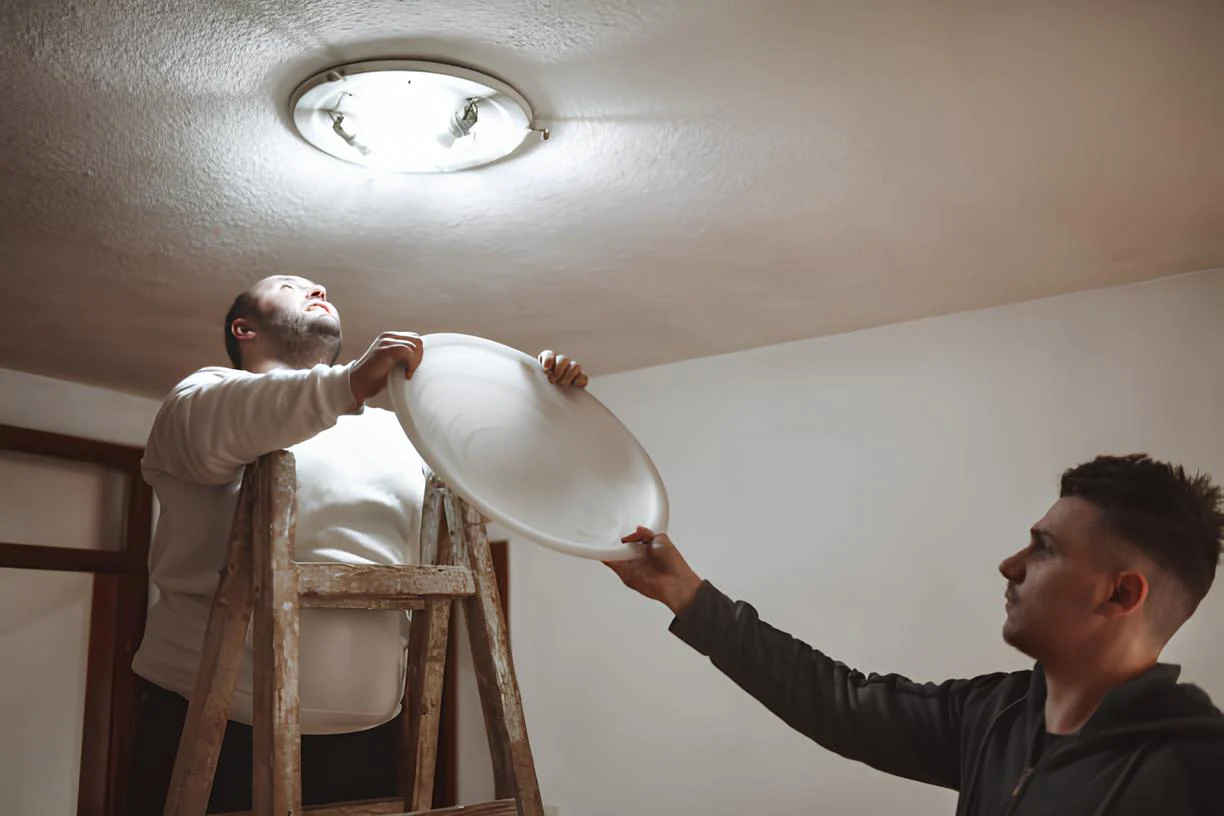


0 thoughts on “How To Light A Dining Room Without A Ceiling Light”